Descripción
Our society faces a challenge that maybe never would have imagined to face, the competitiveness of companies and nations is a far more critical factor than anyone would have imagined five years ago. The lack of credit and the permanent contraction of consumption has led us to the necessity of being productive in order to compete for the increasingly constrained demand. The good news is that there is a huge margin for improvement, since, after many years observing the industrial sector, it can be said that many of the current techniques are still without use in most factories. The sole use and set in motion of those techniques will be a competitive advantage.
This work is destined to the exhibition of the necessary tools for reducing time and manufacturing deadlines and their development. The book is structured into four large parts:
Diagnosis of productivity and Continuous improvement: The theory of waste measurement.
Study and improvement of methods and processes.
Time Measurement.
Time applications: Operations planning and productivity control.
The order that this book follows is the road towards waste reduction and productivity improvement, step-by-step and what distinguishes it is:
The follow-up guide and its structuring.
The high practical component due to the amount of examples that are provided.
And its easy comprehension and pedagogical level.
This book constitutes a complete catalogue of Solutions and unproductiveness improvements. It is destined for both engineering students and industrial companies.
Índice
Prologue ..................................................................................................XIII
1. Introduction to Industrial Productivity .................................................1
1.1. Introduction .................................... 1
1.2. History of Scientific Work Study .................................... 3
1.3. Why Does Productivity Matter? Productivity Is Not Optional .................................... 8
1.4. The Future of Scientific Work .................................... 10
1.5. Definitions .................................... 10
1.6. Structure of This Book .................................... 14
2. The Theory of Waste Measurement .................................................... 29
2.1. Introduction and Definition .................................... 29
2.2. Waste in Work Design .................................... 36
2.3. Waste in Manufacture .................................... 45
2.4. All Waste Coefficients: Combination and Criteria for Their Use .................................... 58
2.5. The Identification of Waste and Its Reduction ....................................61
2.6. The Theory of Waste Measurement and Subsequent Communication .................................... 62
3. Diagnosis of Productivity ......................................................................67
3.1. Introduction: Diagnosis of Unproductiveness.................................... 67
3.2. Report and Points of the Unproductiveness Diagnosis .................................... 68
3.3. Waste Maps and Improvement Deposits .................................... 79
3.4. Influence of Productivity in Production Costs ....................................94
3.5. Productivity, a Human Problem ....................................98
3.6. Process of Problem Solving .................................... 99
4. Continuous Improvement Evolution and Systems Approach ...........115
4.1. Introduction .................................... 115
4.2. Stages and Evolution of Continuous Improvement .................................... 118
4.3. System Concepts and System Approaches .................................... 119
4.4. Decision Making: Events That Trigger It .................................... 144
5. The Study of Methods ........................................................................157
5.1. Definition .................................... 157
5.2. Systematic Procedure for Methods Study .................................... 158
5.3. Method Record .................................... 171
5.4. Processes .................................... 192
5.5. Record of Actual and Proposed Processes and Procedures ....................................210
6. Methods Analysis ...............................................................................217
6.1. The Concept of Analysis .................................... 218
6.2. Interrogatory Technique .................................... 218
6.3. Checklists: Background Questions ....................................220
6.4. Operation Analysis ....................................230
6.5 Study of Movements ....................................235
6.6. Analysis of Micro-Motions ....................................243
7. Design of the Improved Method ........................................................261
7.1. Introduction.................................... 261
7.2. Creativity and Generation of Ideas .................................... 264
7.3. Catalog of Solutions .................................... 277
7.4. Evaluate and Present Correctly the Improvement Proposals, Including Their Economical, Technical, Social, Ecological, Legal, and Ethical Justifications .................................... 298
7.5. The Study–Analysis–Improvement Proposal Simplified Cycle .................................... 305
8. Improvement in Setup Times of Machines - SMED: Agile Manufacturing .................309
8.1. Introduction. What Is SMED? ....................................310
8.2. Convenience of SMED .................................... 311
8.3. The SMED System: Description of Stages .................................... 312
8.4. Techniques for Applying the SMED System .................................... 317
8.5. The Correct Machine Election: The Best Exchange Is the One Not Made .................................... 325
8.6. Practical Cases .................................... 326
9. Balancing Improvements in Tasks with Several Participants ...........341
9.1. Introduction: Reduction of Delay Time ....................................342
9.2. Improvement of Assembly Line Works .................................... 342
9.3. Improvement of Simultaneous Person-Person Tasks .................................... 357
9.4. Improvement of Simultaneous Person-Machine Tasks .................................... 360
10. Process Improvement Criteria ........................................................373
10.1. Introduction: The Concept of Process Improvement .................................... 374
10.2. Balancing of Tasks from the Process .................................... 380
10.3. Reduction of Stocks in Process .................................... 386
10.4. Reduction of Available Space and Transfers ....................................388
10.5. Implementation of Means to Automate or Facilitate Transport ....................................403
11. The Most Important Improvement: Ergonomics ............................415
11.1. Introduction .................................... 416
11.2. Objectives of Ergonomics .................................... 417
11.3. Benefits of Ergonomics .................................... 418
11.4. Person-Machine-Work Environment Systems.................................... 418
11.5. Analysis and Improvement of the Ergonomic System .................................... 420
11.6. Ergonomics and Safety .................................... 432
11.7. Ergonomics and Fatigue .................................... 435
11.8. Images and References .................................... 437
12. Innovation and Implementation ......................................................443
12.1. Introduction and Definition .................................... 444
12.2. Implementation and Resistance to Change .................................... 448
13. Study and Analysis of Administrative Processes .............................457
13.1. Introduction .................................... 457
13.2. Elaboration and Representation of an Administrative Process ....................................459
13.3. Improvement of Administrative Processes .................................... 468
14. Foundations of Work Measurement ................................................ 479
14.1. Definition and Evolution of Time Measurement .................................... 479
14.2. Concept of Standard Time .................................... 480
14.3. Importance of the Standard Time (ST) .................................... 484
14.4. General Methods to Measure the Standard Time (ST) .................................... 485
14.5. Systematic Procedure for Timekeeping .................................... 492
15. Prerequisites for Determining the Standard Time .........................499
15.1. Trained Analyst, Required Competencies .................................... 499
15.2. Qualified Operator, Learning Curve .................................... 501
15.3. Normal Work Pace, Scales, and Valuation Methods .................................... 502
15.4. Execution Standard, Work Specification, and Standard Operation Procedure .................................... 514
15.5. Physical Work Environment, Applicable Requirements
and Standards, and Organizational Aspects .................................... 516
15.6. Materials for the Time Study ....................................517
16. Time Study with Timekeeping .........................................................521
16.1. Introduction: Timekeeping Techniques .................................... 521
16.2. Stages of the Timekeeping Study .................................... 523
16.3. Time Studies with Machines .................................... 568
17. Work Sampling and Structured Estimating ....................................583
17.1. The Need for Work Sampling .................................... 583
17.2. A Few Words About Sampling .................................... 584
17.3. Establishing Confidence Levels .................................... 584
17.4. Determination of Sample Size .................................... 587
17.5. Making Random Observations .................................... 589
17.6. Conducting the Study ....................................592
17.7. Rated Work Sampling .................................... 596
17.8. Group Sampling Techniques .................................... 596
17.9. Using Work Sampling .................................... 597
17.10. Structured Estimating .................................... 598
18. Predetermined Time Standards ......................................................601
18.1. Definition .................................... 601
18.2. Origins .................................... 602
18.3. Advantages of PTS Systems .................................... 603
18.4. Criticisms of PTS Systems .................................... 604
18.5. Different Forms of PTS Systems .................................... 605
18.6. Use of PTS Systems .................................... 608
18.7. Application of PTS Systems .................................... 616
19. Development of Standard Data and Time Formulas: Methods Study and Parameterized Times ..........629
19.1. Introduction and Concepts .................................... 629
19.2. Principles for Elaborating Standard Data and Time Formulas .................................... 630
19.3. Handling of Variable Elements: The Study of Methods and Parameterized Times .................................... 640
19.4. Archive and Use of Standard Data and Time Formulas .................................... 642
19.5. Presentation of Results .................................... 643
19.6. Examples of Parameterized Studies .................................... 647
20. Operations: Production Management .............................................659
20.1. Introduction and Concepts .................................... 659
20.2. Aggregate Production Planning .................................... 661
20.3. Master Production Schedule (MPS) .................................... 674
20.4. MRP (Material Requeriments Planning) .................................... 679
20.5. Manufacturing Resource Planning (MRPII) .................................... 683
20.6. Bottleneck management .................................... 696
21. Productivity Control and Incentive Systems ...................................707
21.1. Introduction and Concepts .................................... 707
21.2. Convenience of Productivity Control .................................... 714
21.3. Convenience of the Incentive Systems .................................... 715
21.4. Productivity Control .................................... 716
21.5. Productivity Control Implementation .................................... 743
21.6. Incentive Systems .................................... 757
21.7. Characteristics, Implementation, and Maintenance of an Incentive System ....................................768
Synthesis .................................................................................................787
Solutions .................................................................................................797
Appendix .................................................................................................811

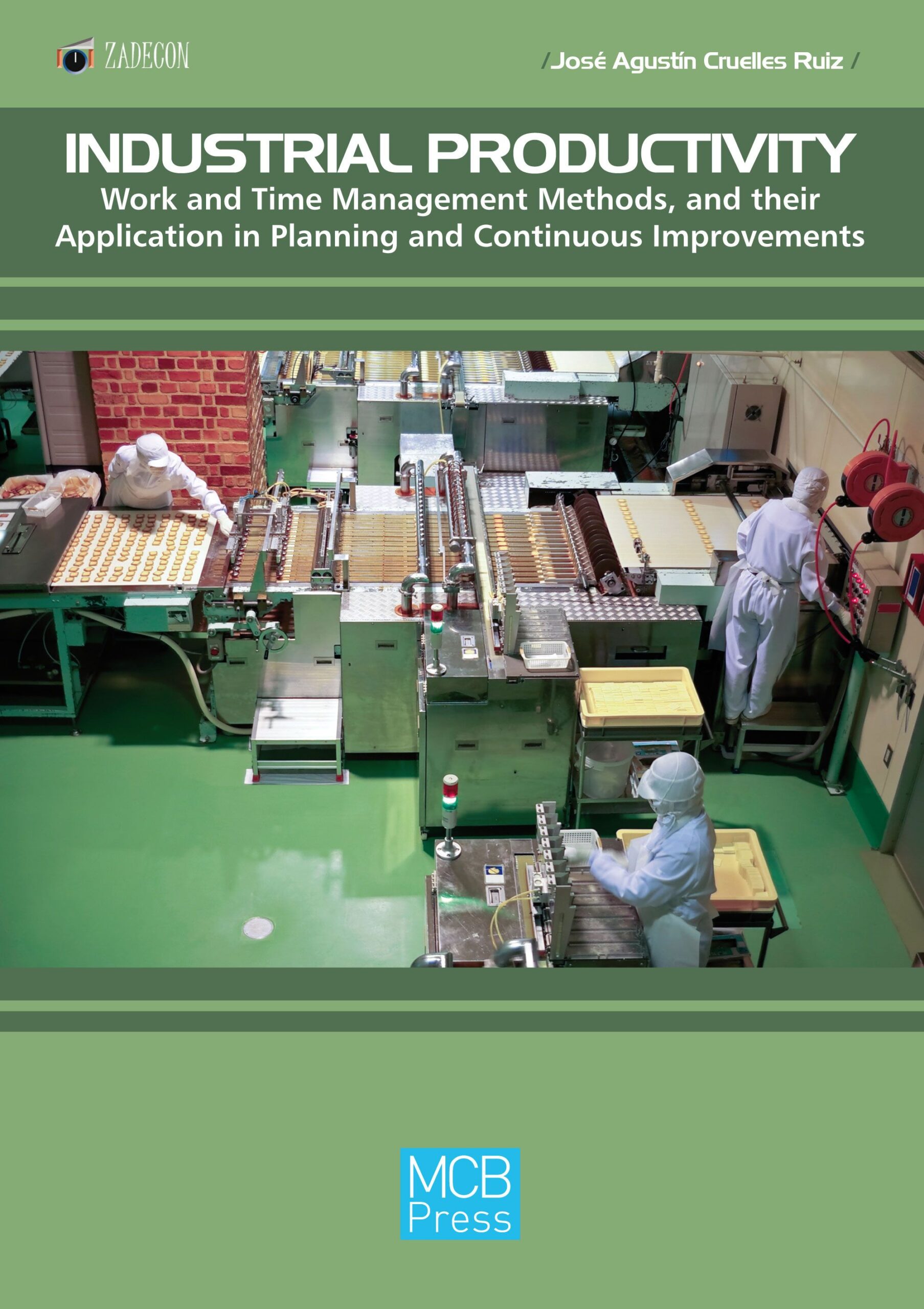
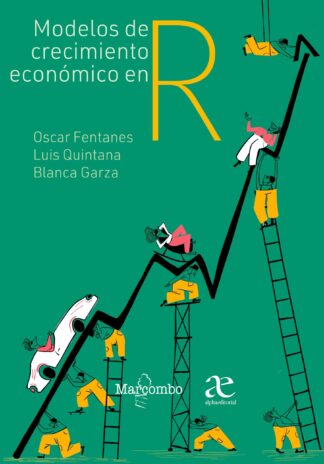
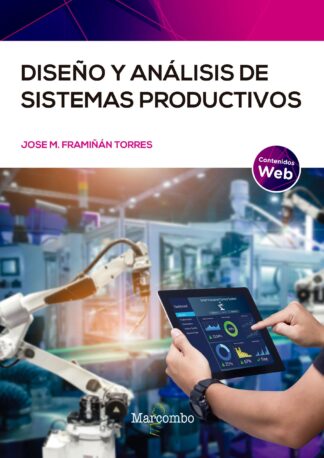
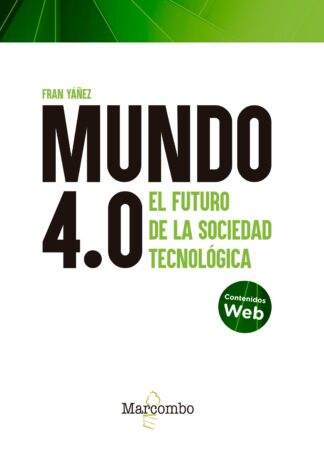
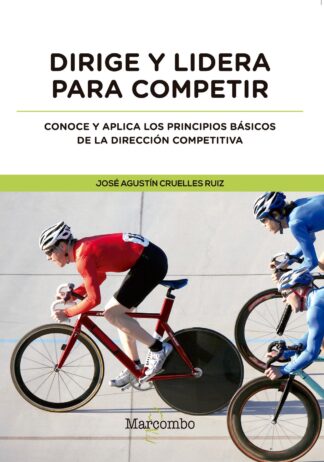
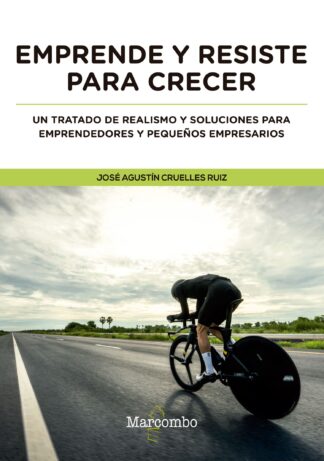
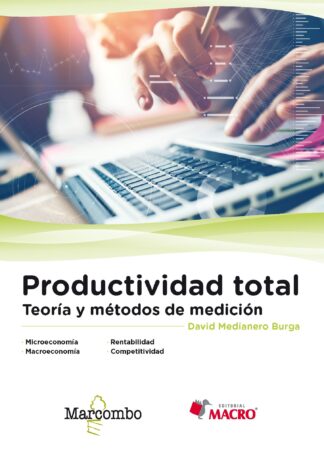

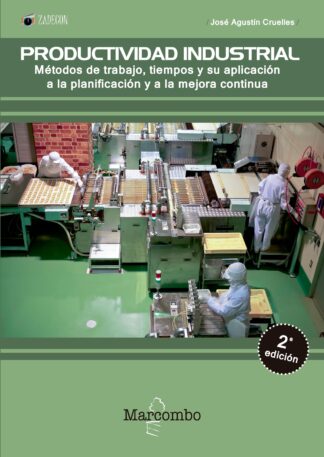
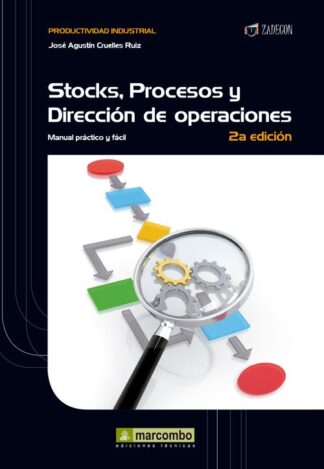
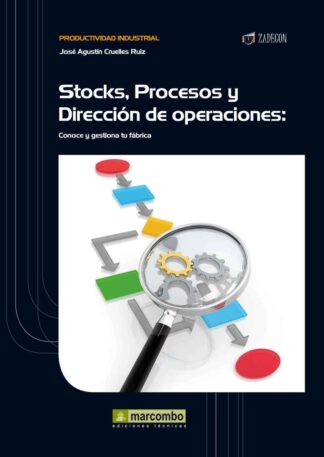
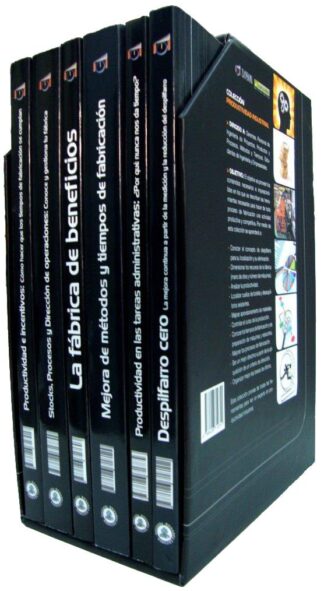
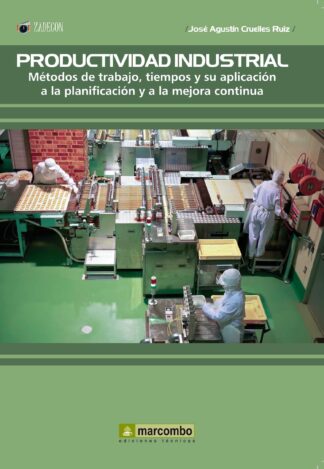
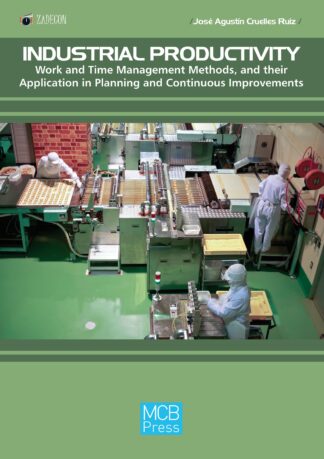
Valoraciones
No hay valoraciones aún.